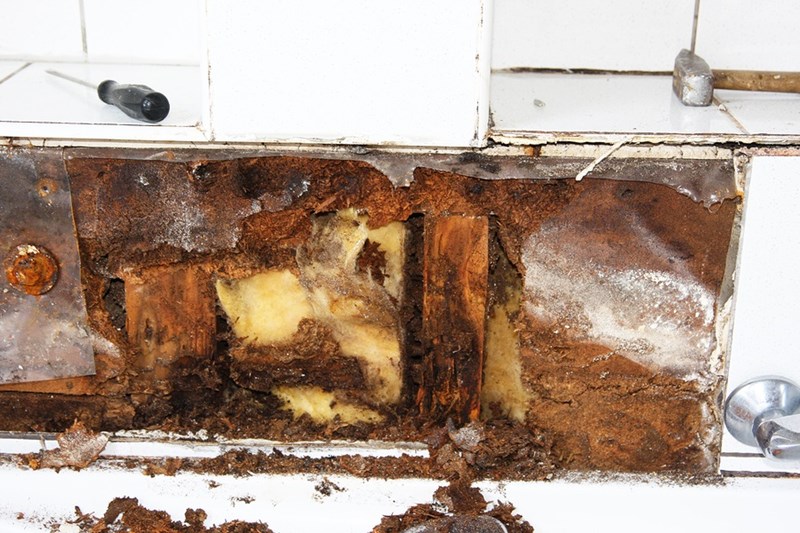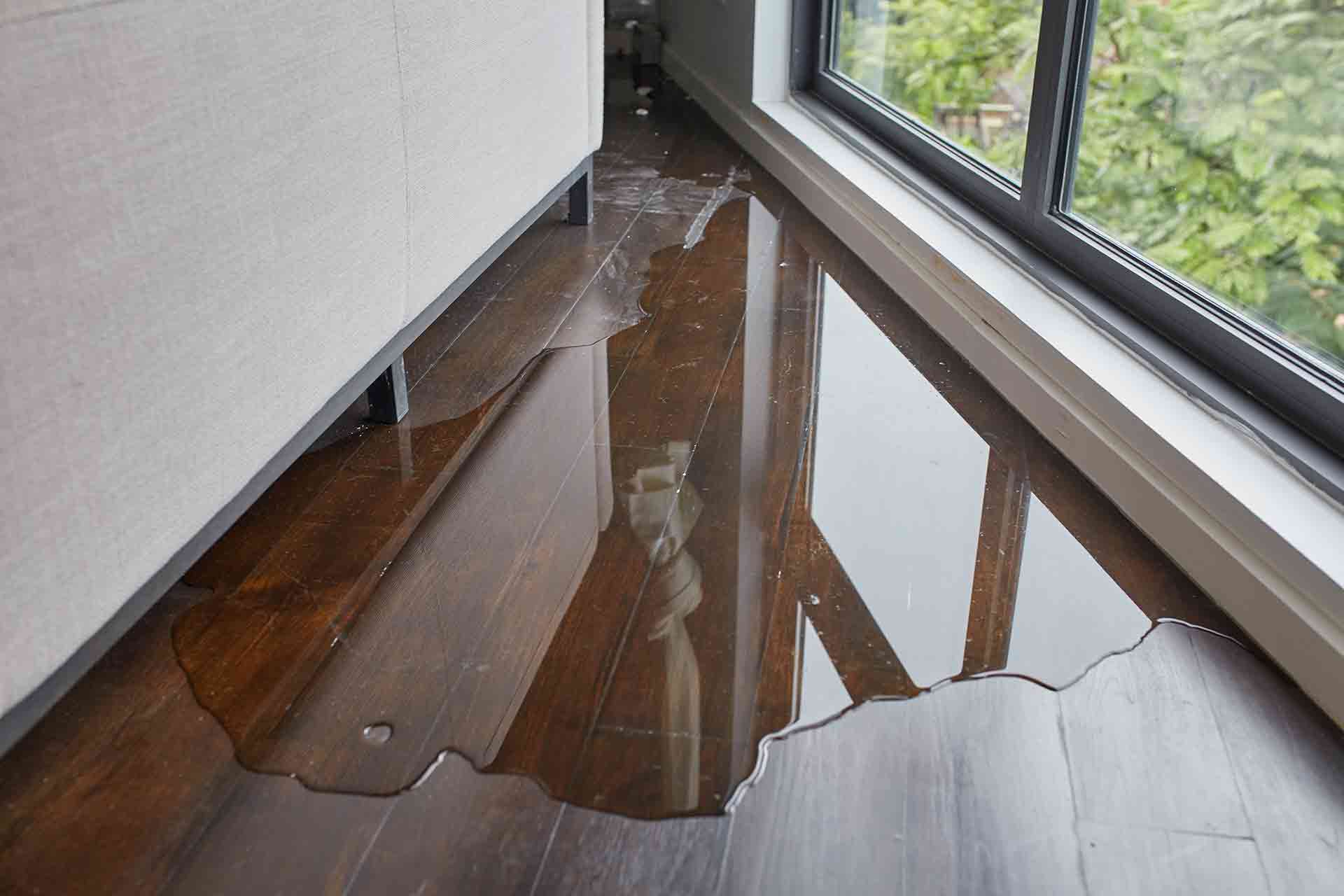This post listed below pertaining to How to Prevent Bathroom Water Damage is really intriguing. Don't skip it.

The shower room is incredibly at risk for damp build-up and prospective water damage as a result of the frequent use water in it. This short article supplies basic inspection strategies to aid finding water damage risks.
The frequent use water in the shower room makes it very susceptible for wet buildup as well as potential water damages. By evaluating it on a regular basis, you can decrease water related problems.
The complying with set of inspections is very easy to carry out and need to be done when in every three months in order to maintain your shower room in good shape and also to avoid potential water problems triggered by the bathtub, the shower, pipeline joints as well as plumbing, sinks, cabinets, as well as the toilet
Do not forget carrying out these inspections and also be extensive while performing them. Remember that these easy examinations can save you a great deal of money by providing early signs for water damage
Bath tub and Shower
The shower and also bathtub need unique attention as well as upkeep. Check the ceramic tiles and replace if fractured. Make certain that there is no missing out on grout in between the floor tiles. Examine as well as change broken caulking at joints where the wall surfaces fulfill the floor or the tub. Obstructed drains as well as pipelines problems will protect against the bathtub from drying as well as might show major issues under the bathtub. Speak with a specialist immediately to avoid architectural damage. Focus on discolorations or soft areas around the bath tub walls as they may show an internal leak.
Plumbing
Signs for water damages are tough to spot since many pipes are set up inside the wall surfaces.
Pay unique focus to flooring and walls wetness as well as discolorations as they might show an invisible plumbing problem. Check moisture levels in adjoining spaces also.
Sinks and also Cabinets
Sinks and also closets are exposed to moisture and humidity daily and are typically ignored. Examine frequently under the sink as well as on the counter top above it. Repair any type of drip in the trap as it may suggest drain issues. Take a look around the sink, sluggish draining pipes may suggest a blocked drain. Replace sink seals if they are cracked or loose.
The Toilet
The toilet is a vulnerable water joint. Examine the water lines and also search for leaks around the bathroom seat, in the hose pipe, as well as under the water storage tank. If you find any kind of indicators of dampness on the flooring around the commode, look for leakages in the toilet edge and also container seals.
Realize that hanging commode dish antiperspirants raises the opportunities for obstructions.
How to Prevent Bathroom Water Damage Caused By Your Plumbing
Prevent Water Damage Caused by Your Plumbing
There are many things you can do to prevent water damage in your bathroom. Let's take a look at a few actions you can take:
Shower and Tubs
Inspect tiles to see if any are missing or cracked. Check grout areas to see that the grout is not missing. Water can seep behind tiles and damage the wall if tile and grout is not in good shape. Don't let water sit in the tub. Standing water can find ways to get around a faulty drain. Check out caulking around tubs and showers and replace or repair any areas that may allow water to seep through. Dry the floor immediately after bathing or showering. Don't let water sit on the floor. Use the exhaust fan to pull moist air out of the area. Keep the room as dry as possible. Sinks and Cabinets
These are exposed to moisture every day. Inspect them often to see that there are no leaks or moisture issues that might cause problems. If the trap has a leak or any moisture around it this could indicate a problem with your plumbing in Chico. Somewhere in the system there has to be excess moisture. Get this looked at. Any drips from faucets need to be repaired. Small leaks lead to larger leaks and bigger problems. Check seals and grout around sinks also. If they are cracked, broken or simply missing replace or repair them. Toilets
The seal on the bottom of the toilet needs to be inspected regularly. If you see water near the base of the toilet have the seal replaced. Make sure the tank does not leak. If you hear the tank filling for no reason you know there is a leak. This constant water drip can cause damage to the toilet and any others near it that stay wet. Check water lines leading to the toilet. These can often leak and cause damage if left unchecked.

I came across that page on How to Prevent Bathroom Water Damage while looking around the web. Please set aside a second to distribute this page if you enjoyed reading it. I value reading our article about Looking for Signs of Water Damage in the Bathroom.
Visit Url